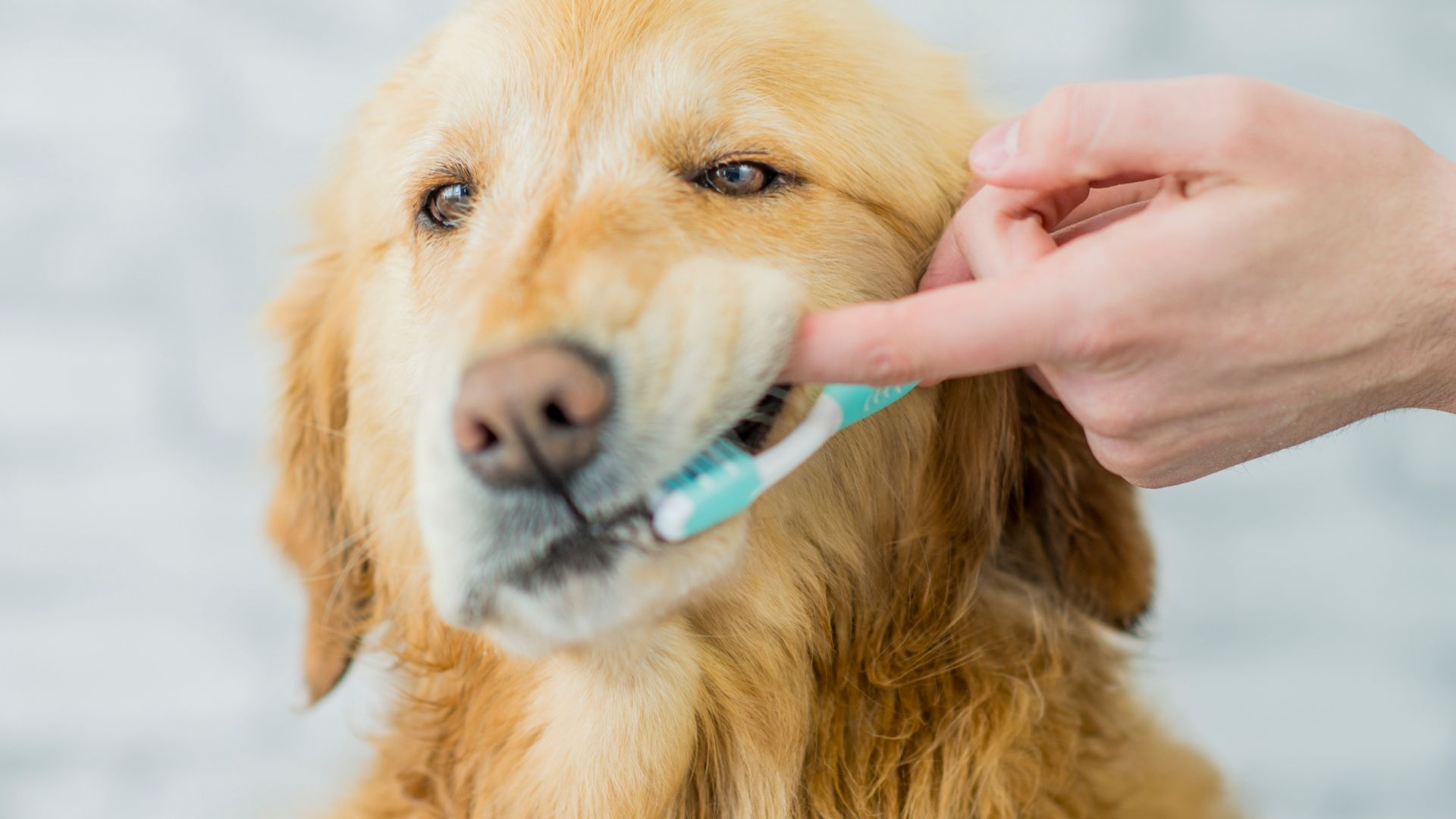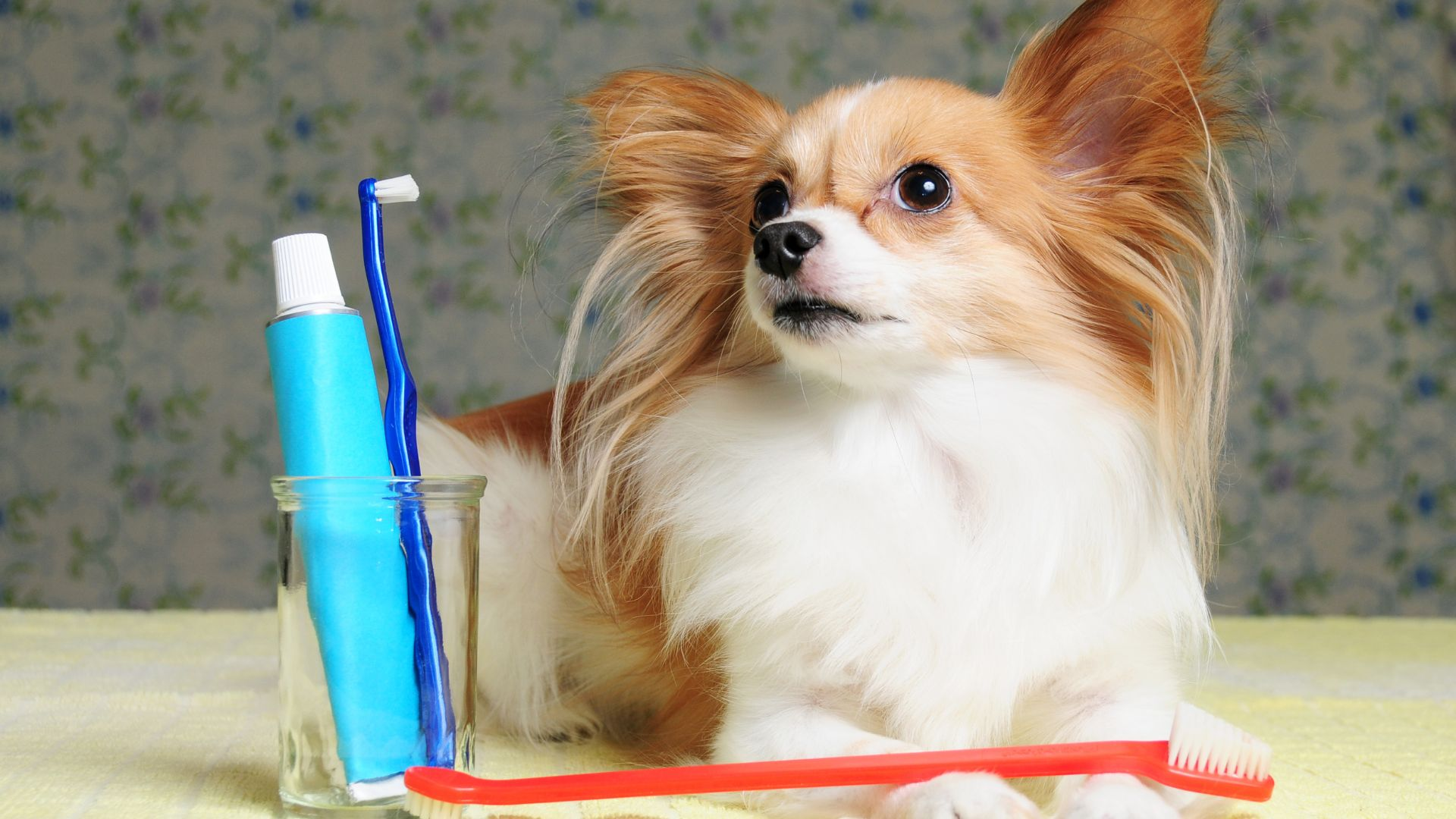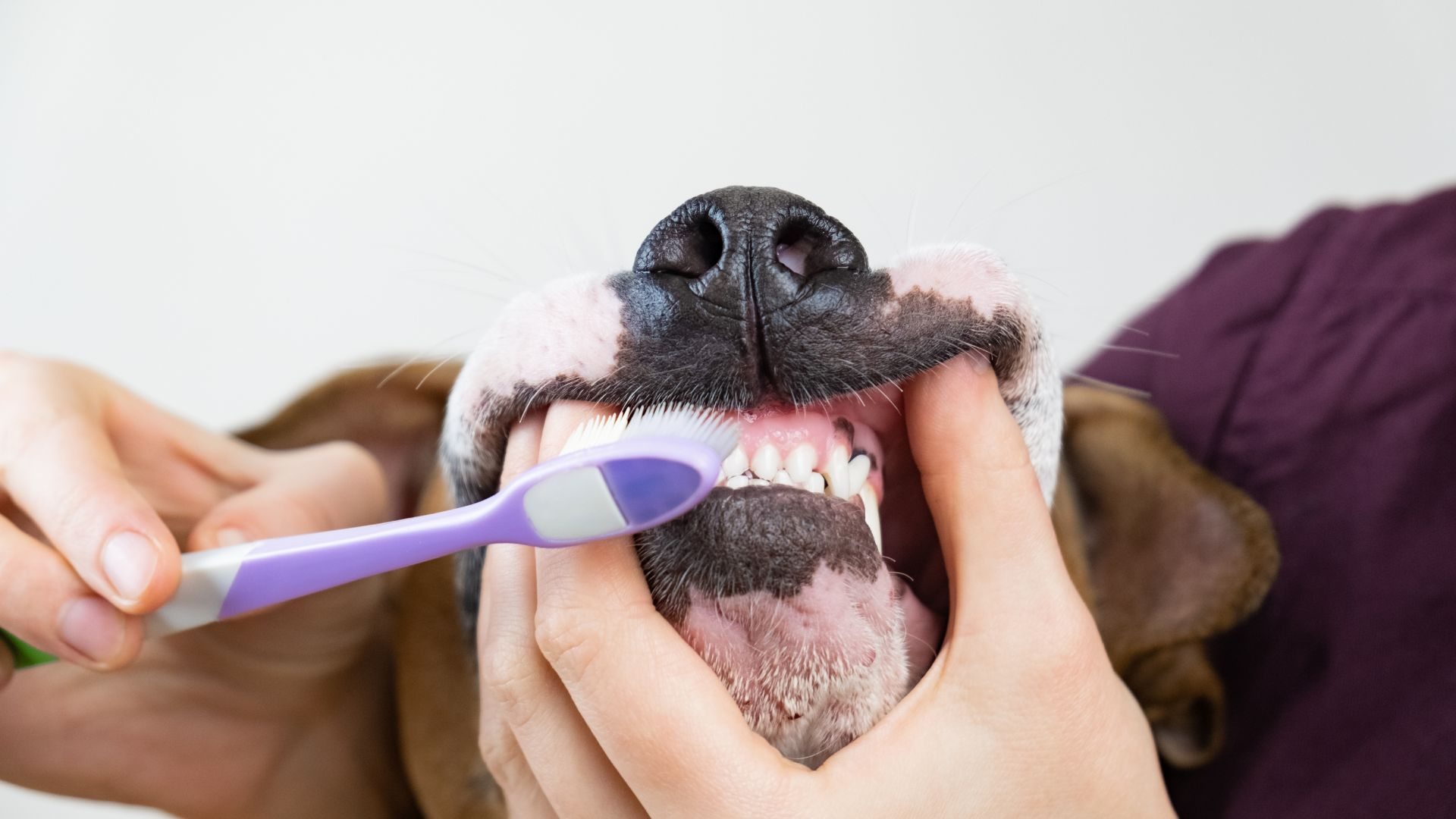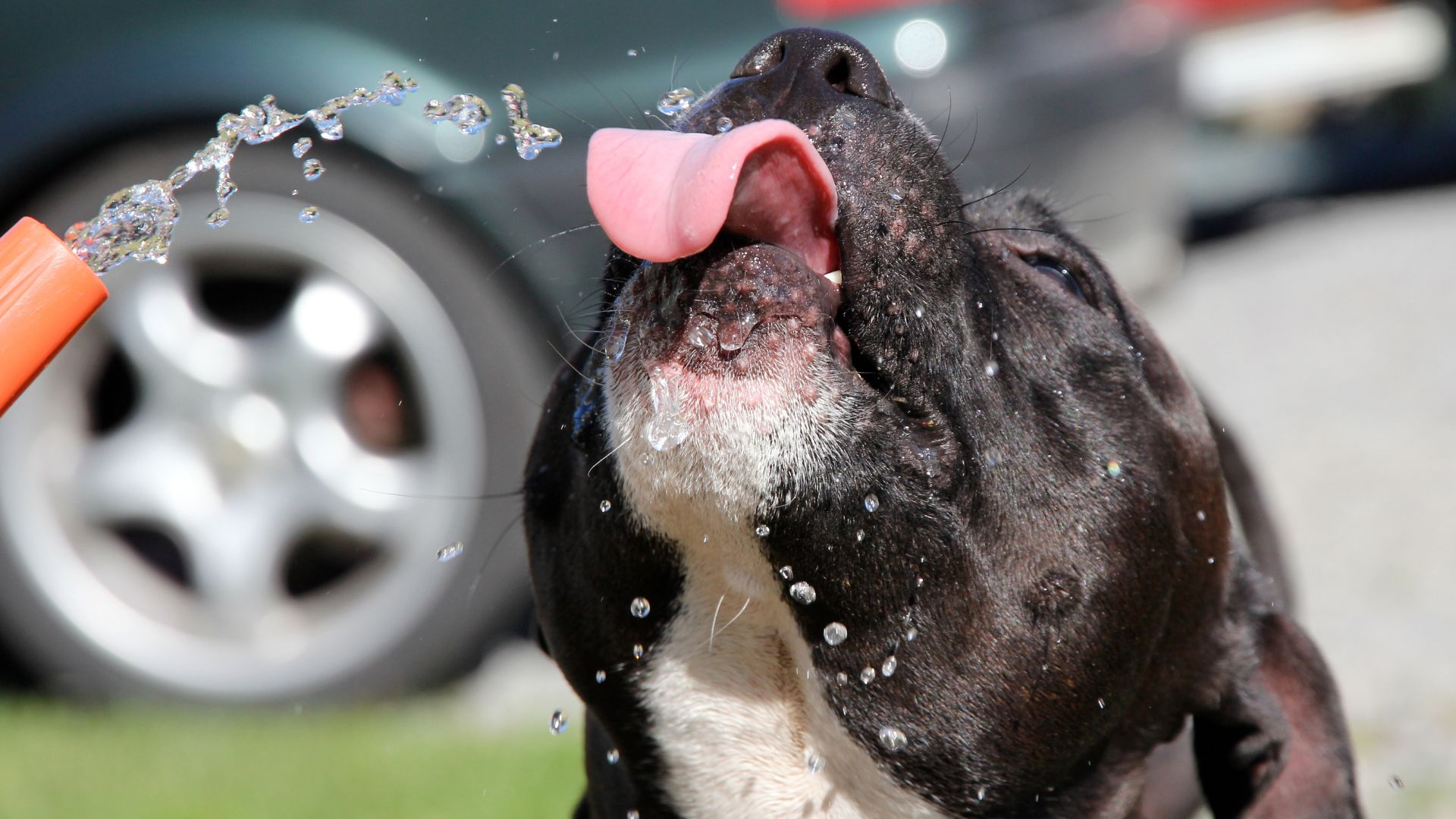Brushing a dog’s teeth can be a challenging task, especially if your dog refuses to cooperate. Proper dental care is important for your dog’s overall health, as poor dental hygiene can lead to a variety of health issues such as gum disease, tooth loss, and infections. It’s important to establish a dental care routine early on in your dog’s life, but it’s never too late to start. Here are some tips from PetGifts&Toys on how to brush your dog’s teeth when they refuse:
Start slow and build up gradually:

If your dog has never had their teeth brushed before, it’s important to start slow and build up gradually. Begin by simply letting your dog lick a small amount of toothpaste off your finger. You can gradually increase the amount of toothpaste as your dog becomes more comfortable. You can also try using a finger brush or a soft toothbrush specifically designed for dogs.
Use positive reinforcement:

It’s important to reward your dog for good behavior and cooperation during the teeth-brushing process. You can use treats, praise, and affection to reinforce good behavior.
Make it a routine:

Establish a consistent dental care routine for your dog. This can help your dog become more accustomed to having their teeth brushed. You can brush your dog’s teeth daily, or a few times a week.
Use flavored toothpaste:

Dogs are more likely to accept toothpaste that tastes good to them. There are several toothpaste flavors available specifically for dogs, such as chicken, beef, and peanut butter. You can also try using toothpaste made with natural ingredients such as coconut oil, which can be safe for dogs to ingest.
Get your dog used to having their mouth handled:

If your dog is resistant to having their teeth brushed, it may be because they are not comfortable having its mouth handled. You can gradually acclimate your dog to having its mouth handled by gently rubbing its lips, gums, and teeth with your finger. You can also try using a small piece of gauze to gently rub their teeth and gums.
Use a dental spray or water additive:

If your dog refuses to let you brush its teeth, you can try using a dental spray or water additive to help keep its teeth clean. These products contain enzymes that help to break down plaque and tartar on the teeth. Simply spray the product onto your dog’s teeth and gums, or add it to their water bowl.
Consult with a veterinarian or a professional dog trainer:

If your dog is particularly resistant to having their teeth brushed, it may be helpful to consult with a veterinarian or a professional dog trainer. They can provide additional tips and strategies for getting your dog to cooperate during the teeth-brushing process.
In conclusion, brushing your dog’s teeth can be a challenging task, especially if your dog refuses to cooperate. However, it’s important for your dog’s overall health to establish a dental care routine. By starting slow and building up gradually, using positive reinforcement, making it a routine, using flavored toothpaste, getting your dog used to having their mouth handled, and using dental sprays or water additives, you can successfully brush your dog’s teeth even if they refuse. If necessary, consulting with a veterinarian or a professional dog trainer can also be helpful.




